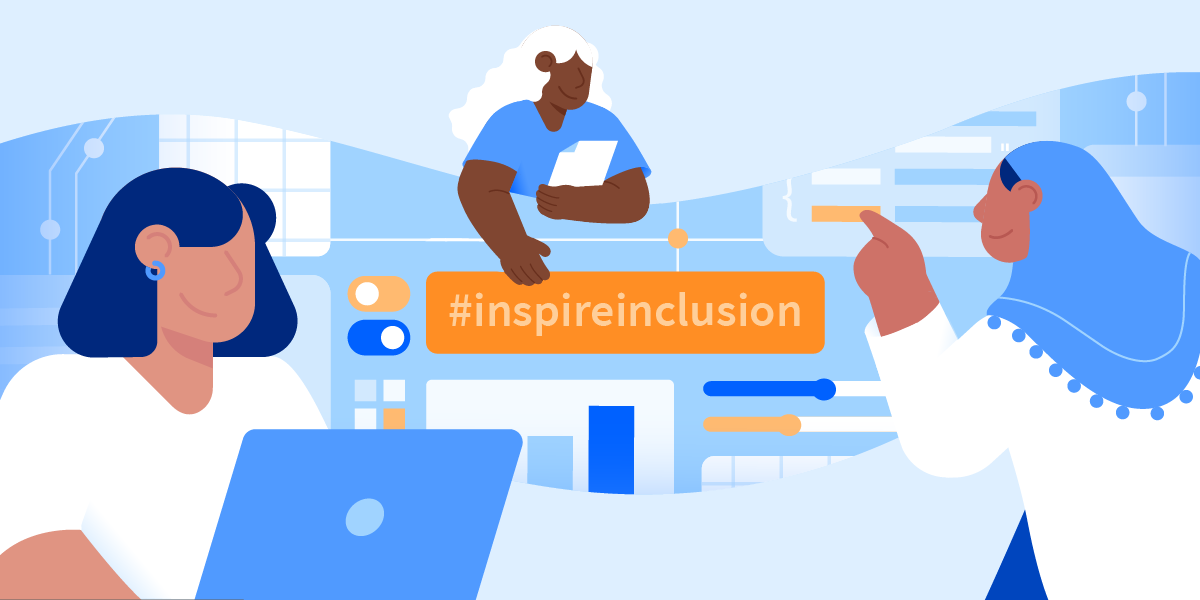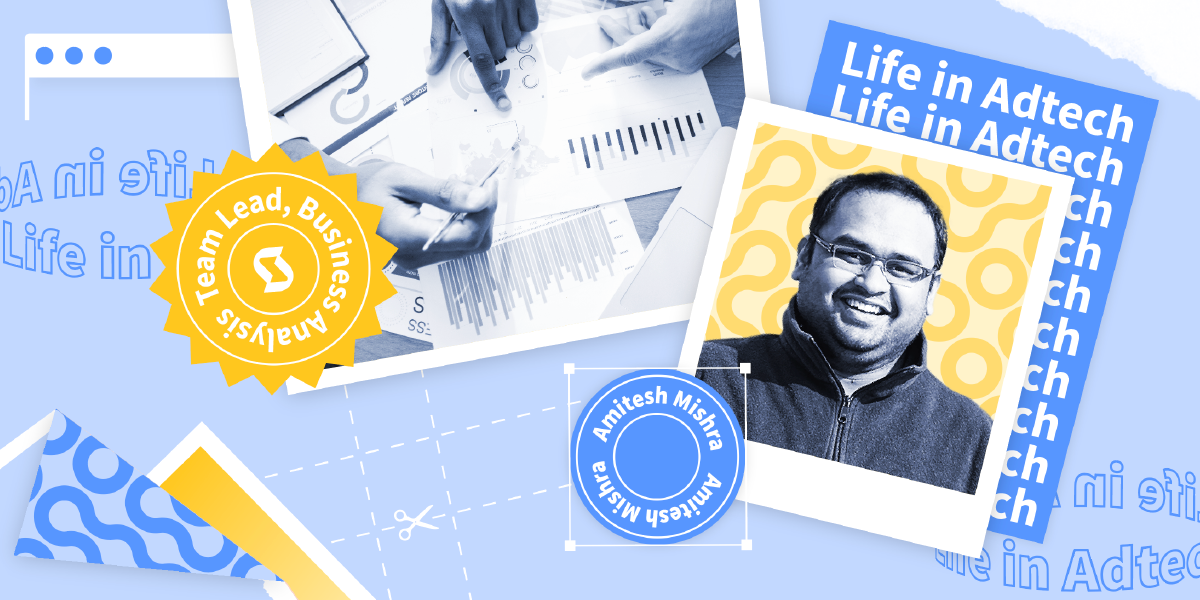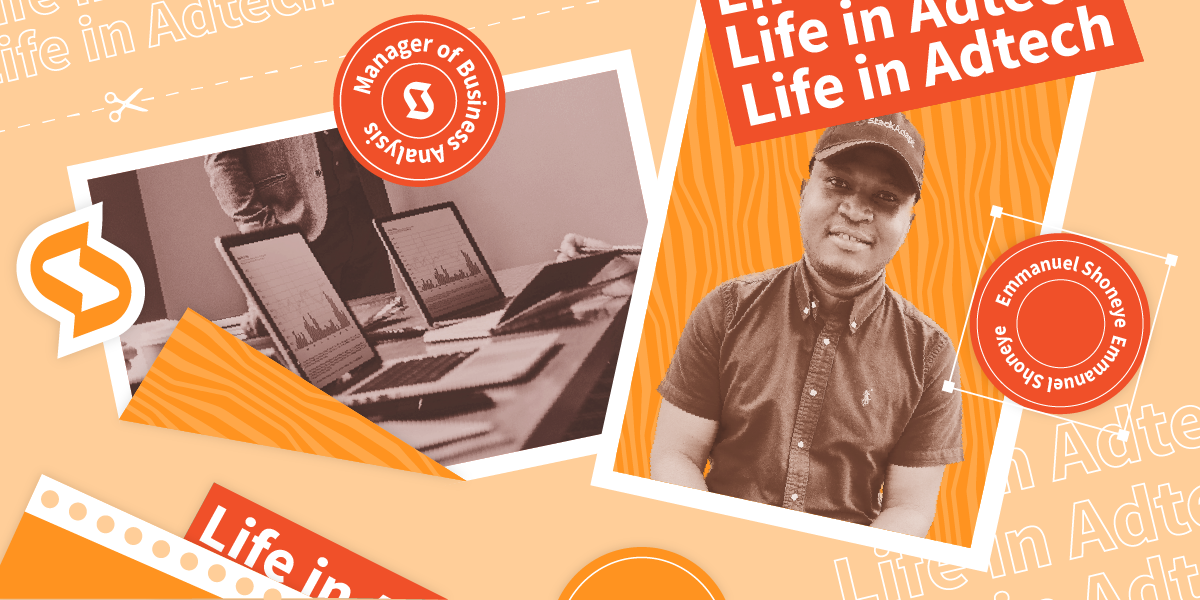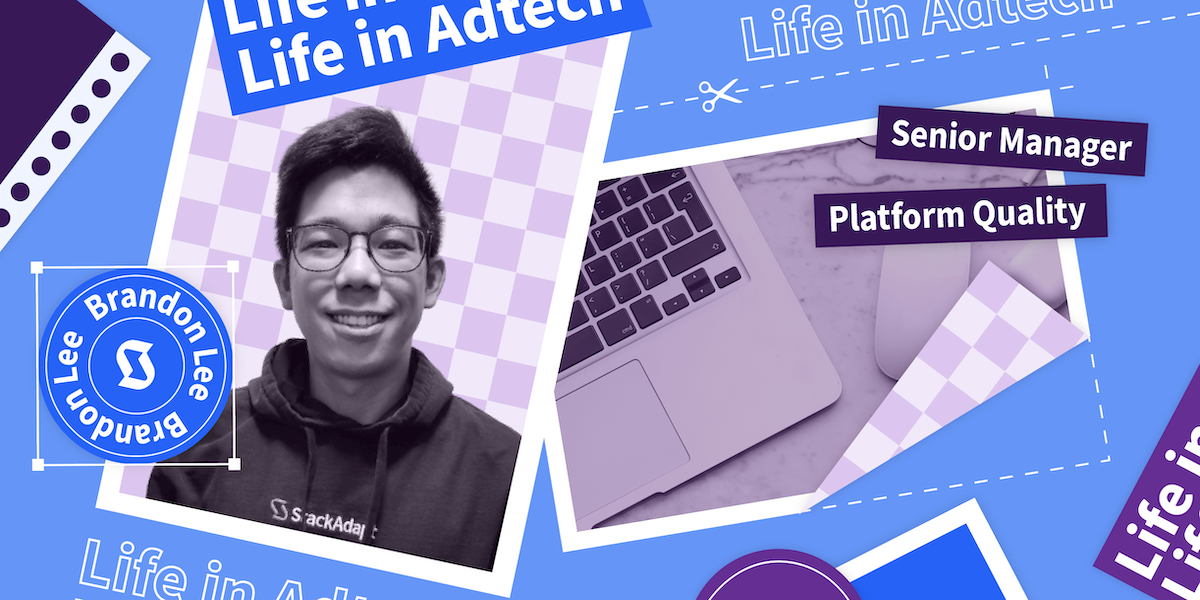In our blog series “Life in Adtech” we’re showcasing the different ways in which StackAdapters are driving innovation in adtech, and creating a progressive tech culture. From using modeling and data to create advanced algorithms to building stylish and robust user interfaces, everyone at StackAdapt is contributing to evolving the StackAdapt platform and providing the best product and service to our clients.
This month features Iris Li, a Front End Engineer at StackAdapt. In this post, we will get an inside look at her journey into adtech, why engineering is critical to the success of the StackAdapt platform, and how her team approaches ideas that are then collaboratively implemented.
How did your journey into front end (FE) development begin?
My journey in front end development began back when I was working as a graduate teaching assistant. I had the opportunity to teach lab sessions for an undergrad web development course. With modern web technologies, you can write a piece of code, and see what you just built in action, in real-time. It is so satisfying to see what you’re building basically instantly.
Seeing how creative students were able to be with their class projects inspired me to learn more about web development through working on a variety of side projects. What I love the most about front end development is that it gives everyone the chance to be very creative, with no artistic skill required.
What is the main focus of your role as FE developer?
Front end development in general is about building stylish and robust user interfaces that load fast, and creating an interactive and seamless user experience that flows well with other parts of the application. So at StackAdapt, I want to make sure that any new user interface we build in the platform is aligning with the positive experience we want our users to have. Those are the main goals, but there is actually much more to FE development than just that.
Front end engineers act as an important bridge between engineering and product teams. On one hand, we collaborate with other engineers to design a solution that brings data into a user interface that aligns with the product designer’s design. On the other hand, we think about what user input we might be receiving and what validation we need to add in our codebase to avoid application crashes and data corruption. We work closely with so many brilliant and passionate people so that everything we create has purpose and a clear direction.
Can you describe what type of development you do and why it’s critical to the StackAdapt platform?
I work on the user interface for the StackAdapt platform, which is the first thing anyone sees when they log into StackAdapt! The development work I do with my team is critical because it ensures that our clients have a great experience when using the platform.
The user interface, which is what our clients see, is the last stop for data presentation and the first stop for user initiated communication. When working on the interface with the rest of my team, we need to make sure we build it in a way that presents data from the database precisely to the user—with speed.
It’s also important that our user interface captures all user modifications and sends them back to the database. Overall, the user interface is the carrier of user experience so we need to make sure it performs well, is easy to use, loads fast and responds fast to any user interaction from a simple click, to a drag and drop.
How is developing a product that is built on AI different from other types of engineering?
The use of AI, machine learning algorithms and data optimization models introduces a lot of data intensity to our application. At the same time, we’re also building an all-in-one platform where users can find everything they need to plan, edit, launch, and analyze their campaigns in one place.
These two requirements combined together creates lots of complexity in our engineering. We have so much going on in a single web page, which makes it incredibly important for us to always find ways to make data processing simpler and faster in order to optimize the performance of the application.
What is the most rewarding part of being a FE developer at StackAdapt?
I like that here at StackAdapt we’re always looking to use the most up to date technology out there, and introducing new tools to improve developer productivity. All engineers are open-minded and love to embrace change which creates a progressive engineering culture that inspires everyone to always keep up with the latest trend and never stop learning.
I’ve also found that I am constantly growing my skill set and learning from the engineers around me, which is really rewarding. Not only that, but since we work so closely with the product managers, product designers and others in the company, I get to learn from an even broader group. Our ideas get built and implemented because of this ongoing collaboration. And of course, I also love the fact that now I am able to explain to people, like my parents, why they’re seeing the ads they’re seeing when they’re browsing the web. Big win!
Interested in joining StackAdapt? See our open tech roles and apply, here.
In each new addition, we will be highlighting our teams and team members in our “Life In Adtech” series—stay tuned for more!





